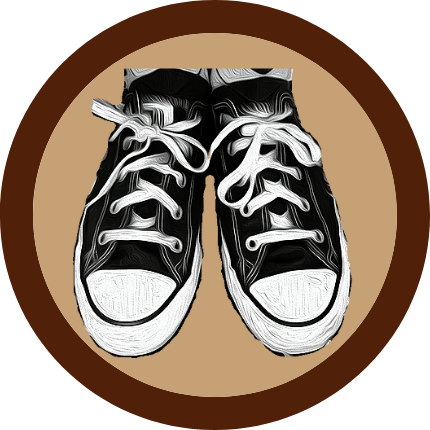Build Bigger, Messier, Sacred Communities
Alone Together
I grew up in a house of passionate individuals. My dad was a rock and mineral collector who built a dedicated room to display his treasures. My mom was a walking encyclopedia of arts and entertainment, our personal “Entertainment Tonight.” My brother was a sports fanatic, immersed in games on and off the field. And I was a Snoopy-obsessed, Beatles-loving budding artist, tucked away in my room with records blaring as I painted and imagined other worlds.
We were united by our passions but disconnected in community. Meals were solitary affairs, as we each gobbled down our dinners in front of the TV, then retreated into our pursuits. Connection, when it happened, was transactional—sharing what we had achieved or discovered—rather than relational. It was a household filled with interests, but without rituals to bring us together.
The Sacred and Fragile Rhythm of Belonging
It wasn’t until college that I truly felt the power of community. During a year in Jerusalem, I lived among friends who were observant of Jewish traditions. Each Friday, we celebrated the Sabbath, walking to synagogue, singing together, and sharing meals prepared from the local markets. These weekly rituals grounded me in a sacred rhythm of belonging. Through these practices, I came to understand that in times of difficulty or judgment, the Jewish tradition calls us to show up for one another, to resist isolation with collective care.
But I also learned how fragile community can be. When I came out to my family and friends a year after living in Jerusalem, my family embraced me, but a couple friends from that sacred year condemned me. Their rejection fractured the connection we’d built, and I was reminded that even the most meaningful communities can falter when judgment takes hold. Their condemnation didn’t shake my love of our traditions, but the fracture left enduring scars that took a while to heal.
That rupture pushed me to find a new kind of belonging—what many queer people call chosen family. Across centuries, queer, trans, and nonbinary individuals have built families of acceptance and love in the absence of support from their birth families. My chosen family now includes people of all genders, sexualities, ethnicities, and beliefs. We share our rituals, celebrate our traditions, and create a space where difference is accepted and cherished. My chosen family has been my refuge—a testament to the power of building community on the foundations of care and shared humanity.
Communities in the Messiness of Difference
As winter sets in and the days grow shorter, I find myself thinking about the communities we build. What does it take to create spaces that don’t just hold us, but challenge and transform us?
I’ve come to believe that community is fragile and imperfect. At times, our communities will fail us. But when we resist the urge to retreat into comfort or sameness, we open the door to possibility.
Communities that heal and sustain us aren’t built on rigid agreements—they thrive in the messiness of difference, in the commitment to show up for one another with love and imagination.
This season, I want to practice a little optimism in the face of what’s to come: to continue to create connections that honor complexity, hold space for disagreement, and find sacredness in showing up—even when it’s hard. Not because it’s easy, but because it’s necessary.
